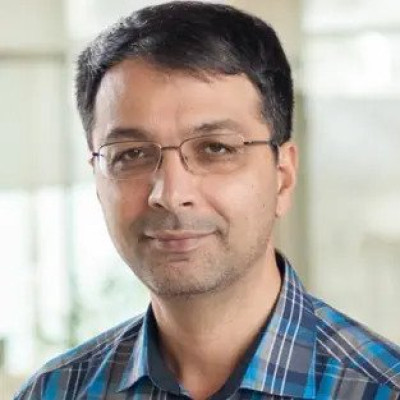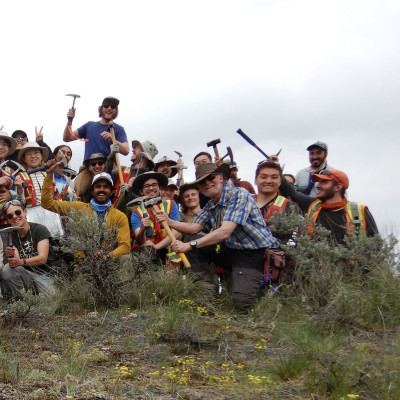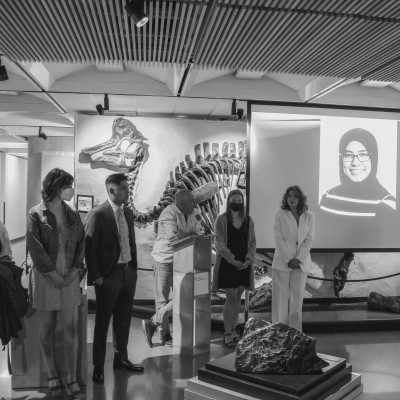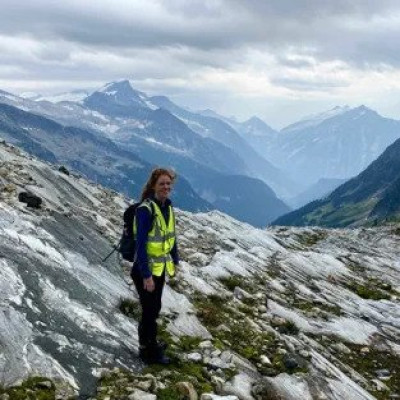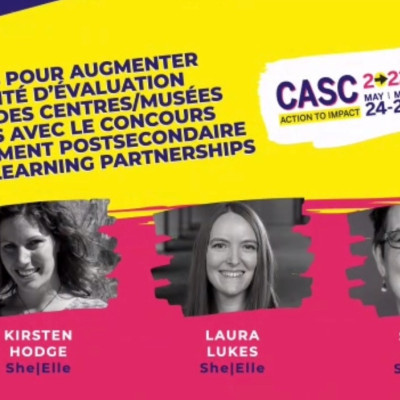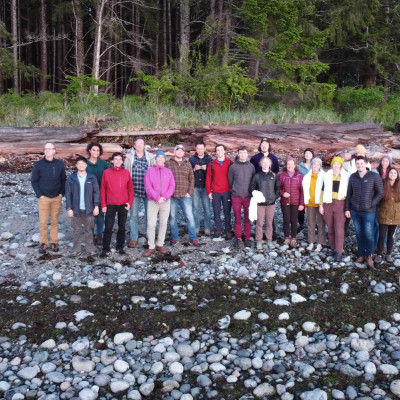News
Stay up-to-date with what's happening in EOAS
Meet Farhad Bouzari - Economic Geologist
Farhad Bouzari is Research Associate at MDRU - Mineral Deposit Research Unit - at the University of British Columbia (UBC) where he conducts industry-sponsored research projects that focus on porphyry copper deposits and mineralogical and geochemical techniques in exploration targeting. He has expertise in establishing the anatomy and evolution of the porphyry deposits, particularly their distal and deep features, and their application in vectoring towards mineralization. He leads MDRU’s investigations to develop new exploration techniques such as Porphyry Indicator Minerals (PIMS) and porphyry vectoring techniques in altered rocks of British Columbia.
First field school at the new UBC – Teck Geological Field Station
This May, students and instructors in the EOSC 328 Field Geology course had a wonderful “return to in-person teaching and learning” experience at the department’s new field station in the southern Okanagan Valley area of BC.
“It was inspirational for us to be out there teaching in the field again to the 33 super-engaged students and was just an awesome experience using the new UBC – Teck Geological Field Station for the very first time,” said Dr. James Scoates, Professor at EOAS and co-instructor of the course.
Read more:
UBC unveils $2.4-million expansion of geology field school in south Okanagan
Learn more about facilities and opportunities provided by the UBC – Teck Geological Field Station.
Congratulations Class of 2022!
Congratulations to the Class of 2022! Today we celebrated EOAS students who will graduate from UBC this week with a range of specializations. In addition to more than 100 undergraduate students, 24 graduate students will receive their degrees, including 5 Ph.D. students, 13 M.Sc., 5. M.Eng. and 1 M.A.Sc. students.
Meet Catriona Breasley - Mineralogist
Catriona Breasley is a first year PhD student at the University of British Columbia under the supervision of Dr Lee Groat. Her research focuses on the lithium mineralization, remobilization and metasomatism at the Tanco pegmatite, Manitoba. Before moving to Vancouver in September 2021, she completed a MGeol Earth Science degree at the University of St Andrews, Scotland.
Dr. Kirsten Hodge and Dr. Laura Lukes at the Canadian Association of Science Centres' Action to Impact conference
Kirsten Hodge (Director, Pacific Museum of Earth) & Laura Lukes (Assistant Professor, EOAS) teamed up with Sandy Eix, Director of STEAM learning at Science World to lead a session at the Canadian Association of Science Centres' Action to Impact conference that focused on Strategies for Expanding Science Centre/Museum Impact Evaluation Capacity Through Postsecondary Experiential Learning Partnerships. Session attendees explored how science centres, museums, and postsecondary faculty can develop mutually beneficial partnerships that increase a museum or science centre’s evaluation capacity and considered the advantages and challenges of such partnership models. Models currently underway at UBC between the Pacific Museum of Earth and Laura Lukes, a Discipline-Based Education Researcher, include: an independent undergraduate research project, a science communication course that includes a student-curated exhibit project, and an effort to develop a community-engaged research internship program at UBC.
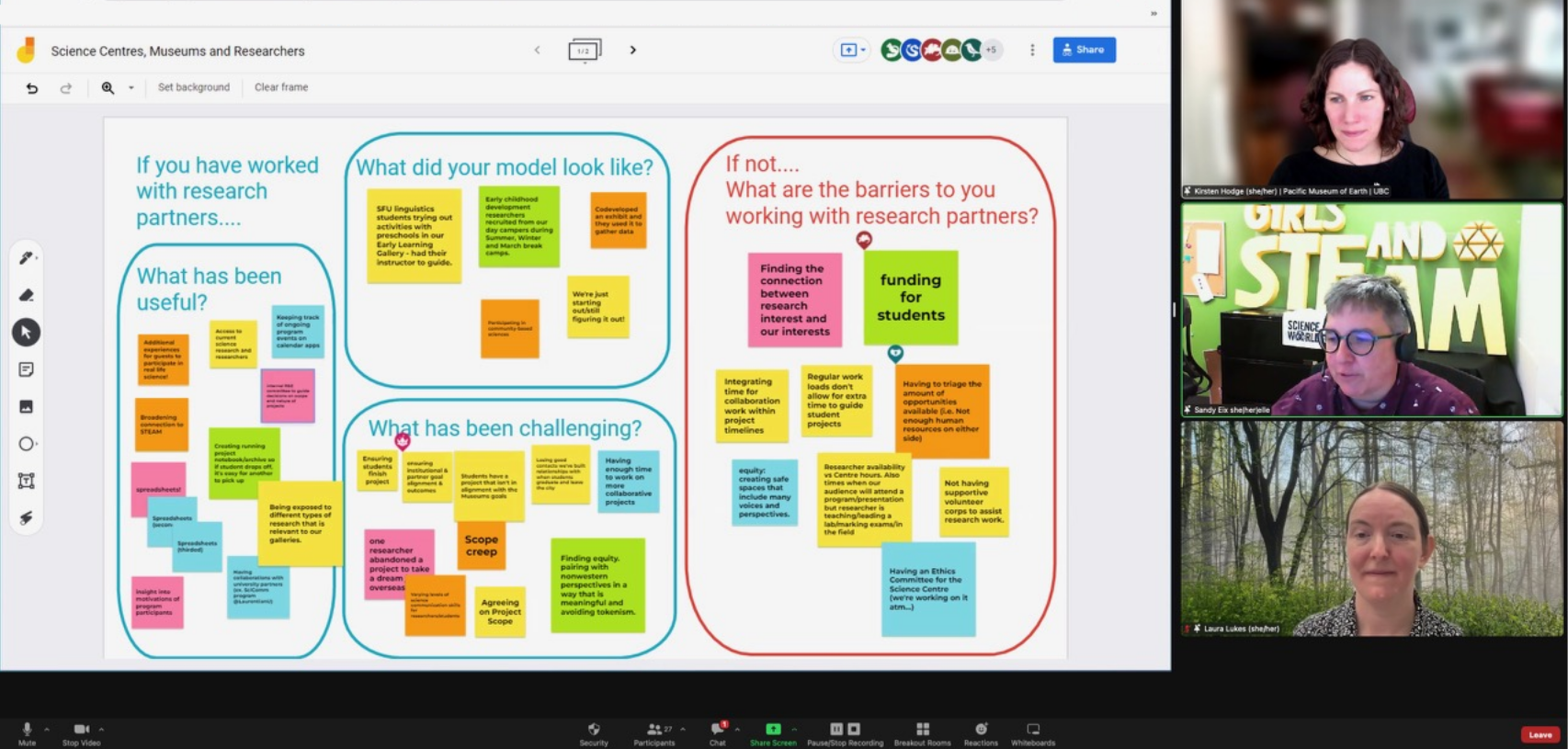
Science centres and museums want to know who is (and perhaps more importantly, isn’t) visiting their spaces, how they felt about their visit, and whether they will visit again. Geoscience education researchers working in these settings seek to understand how people learn in such informal, self-initiated and self-directed environments, including how they develop attitudes about STEM and make choices about future engagement with STEM-related activities. Visitor activities in informal learning spaces are rooted in social interactions and perceptions of belonging in these environments. Evaluation and research therefore seek to understand who engages, why, and how their experience is in order to improve the visitor experience to be more accessible, inclusive, equitable, and just. Results from such work can then inform a museum or science centre’s ability to create new exhibits and programs that are more inclusive and accessible, broadening the museum or center’s audience.
First installment of the PRODIGY field school
Last week, the first installment of the PRODIGY field school on Quadra Island ran extremely well. A highly engaged group participated in the field school, including EOAS members Philippe Tortell, Rich Pawlowicz, Ross McCulloch, Michael Bostock, Susan Allen, computer scientist Charles Perin (University of Victoria), and graduate students and postdocs in oceanography, geophysics and computer science. The group visited a variety of laboratories and instrument sites at the Hakai Coastal Ecological Observatory and gained hands-on experience building and deploying a range of ocean sensors.
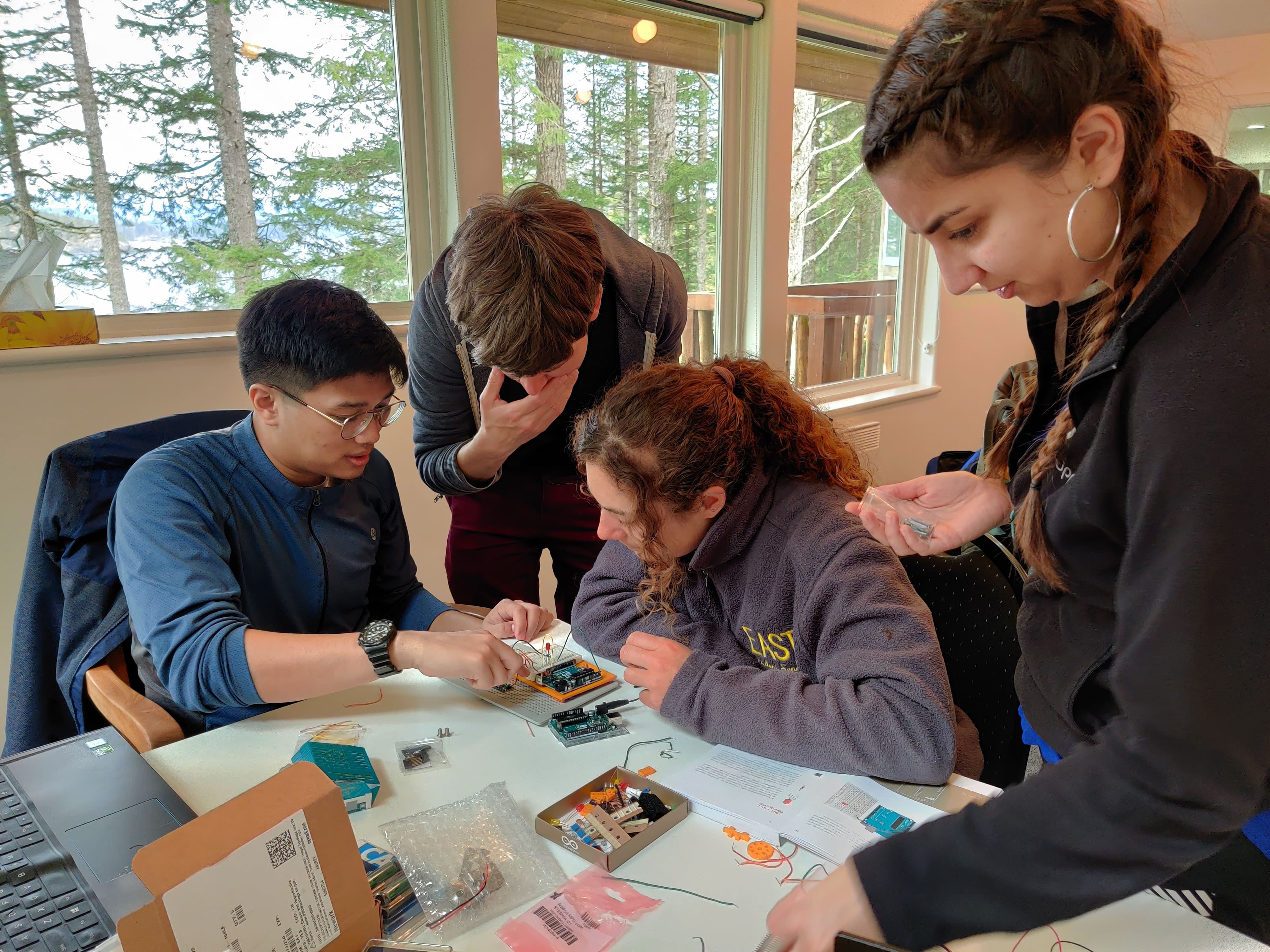
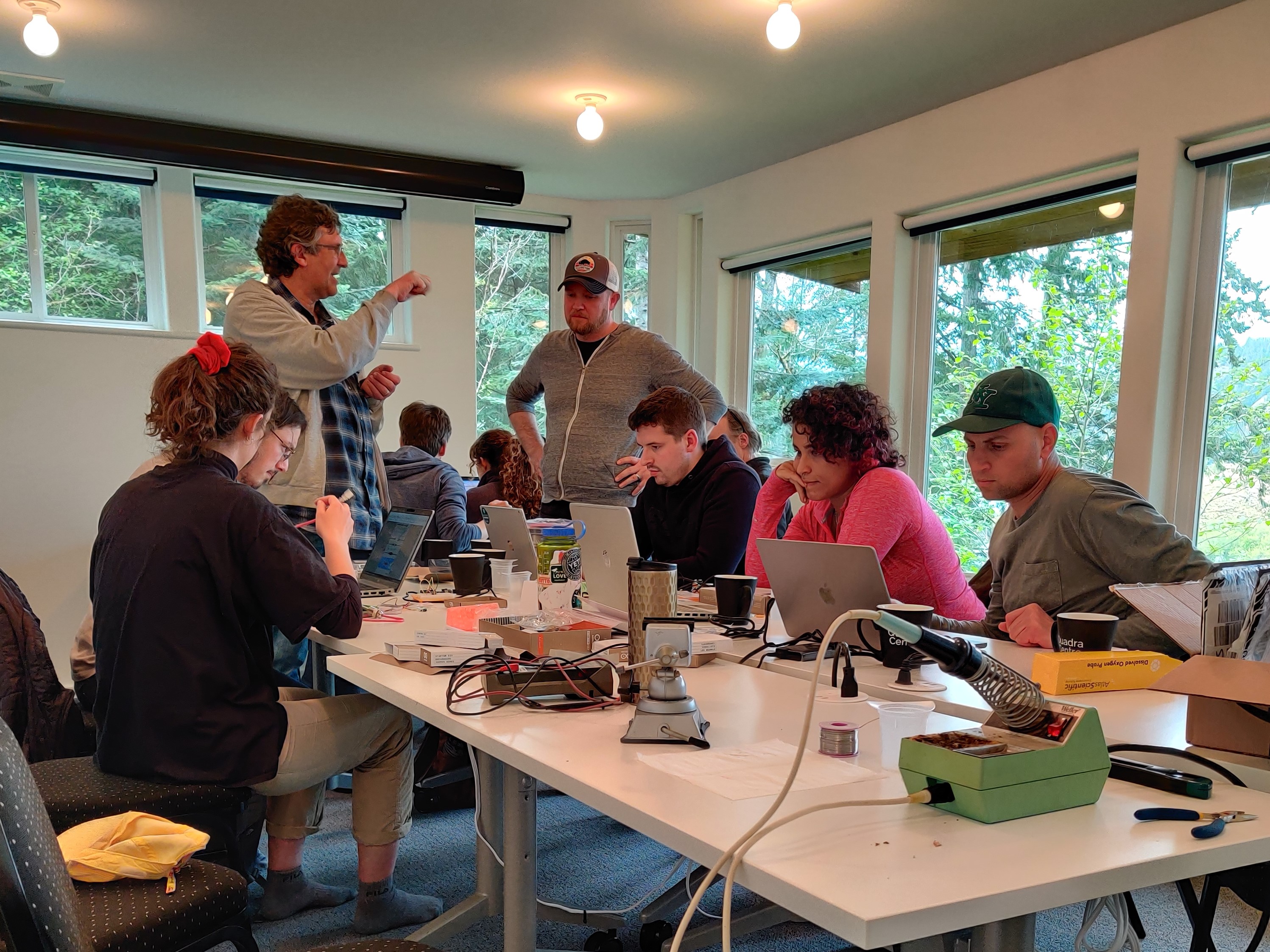
Photo credit: PRODIGY Team, 2022
